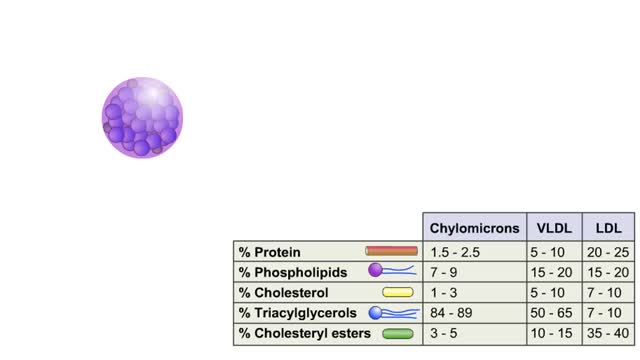How proteins function? How do proteins work?
By: HWC
Date Uploaded: 03/04/2020
Tags: homeworkclinic.com Homework Clinic HWC Keratin How do proteins work pepsin collagen elastin connective tissues ovalbumin zein granule insulin myosin actin chromosomes glucose Mad Cow Disease bovine spongiform encephalopathy (BSE) prions proteinaceous infective particles Stanley Prusiner Creutzfeldt Jakob disease PrPc
How proteins function is really about how proteins "do work" in cells. How do proteins work? Let's start thinking about protein function by looking at something important to you: your hair. Keratin is a structural protein that is composed of 2 intertwined or helical strands. Keratin is also found in the horns, feathers, and hooves of animals. There are several different types of "work" that proteins do in cells. They are all essential to life. Catalysis of chemical reactions; digestive enzymes like pepsin break down food into smaller units for absorption. Disease protection; antibodies attack viruses and bacteria. Support and reinforcement; collagen and elastin provide support of connective tissues. Store reserve food; ovalbumin in egg whites, zein granules in corn seeds. Control gene expression, coordinate cellular activities, transcription factors, insulin. Signal reception; chemicals in the brain bind to receptors like the dopamine receptor in nerve cell membranes. Contraction and movement; actin and myosin in muscle tissue, microtubules pull chromosomes during mitosis. Carry molecules, ions; hemoglobin carries oxygen to tissues, glucose transporter carries glucose across cell membranes. Medical science once thought that only organisms like bacteria and fungi, and non-cellular genetic elements like viruses caused human disease. "Mad Cow Disease" or bovine spongiform encephalopathy (BSE) is a disease that destroys brain tissue and eventually leads to death. The cause of this disease was discovered to be proteins, called prions, or "proteinaceous infective particles," discovered by Stanley Prusiner in 1982. If humans eat contaminated meat from cattle with mad cow disease, the disease is transmitted and the human form is called Creutzfeldt-Jakob disease. All animals have a gene that produces a normal prion protein called PrPc (C stands for the cellular form). The disease causing prion protein is called PrPsc (Sc stands for scrapie, the name for the prion disease of sheep and goats. One side effect of the disease is an intense itch which causes the animals to scrape off their wool or hair). PrPse can convert the normal prion protein (PrPC) into PrPsc in a chain reaction. The accumulation of PrPsc in the brain causes nerve cells to die and the subsequent "spongy" appearance of brain tissue.
Add To
You must login to add videos to your playlists.
Advertisement












Comments
0 Comments total
Sign In to post comments.
No comments have been posted for this video yet.